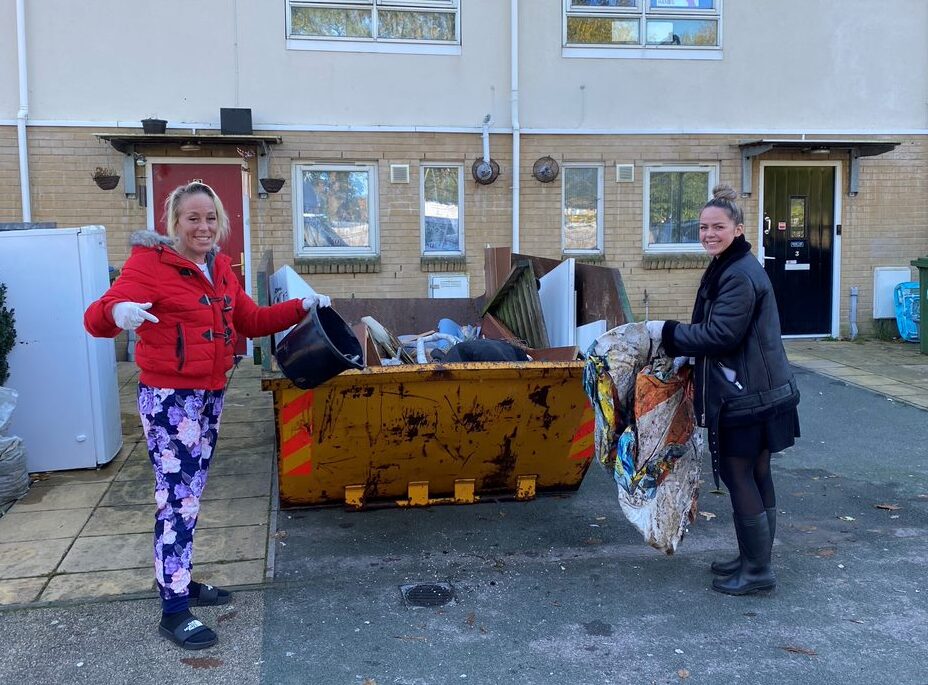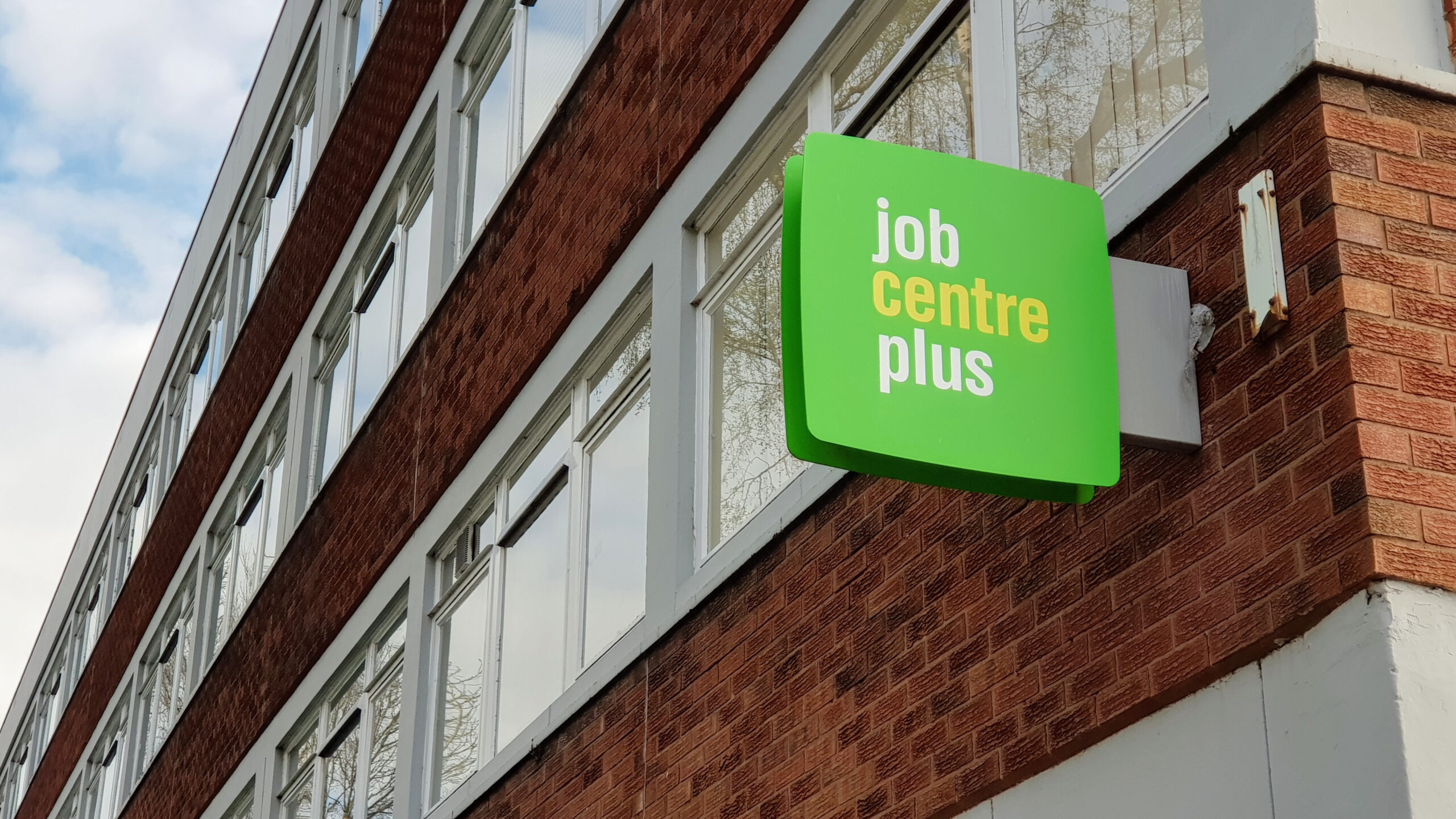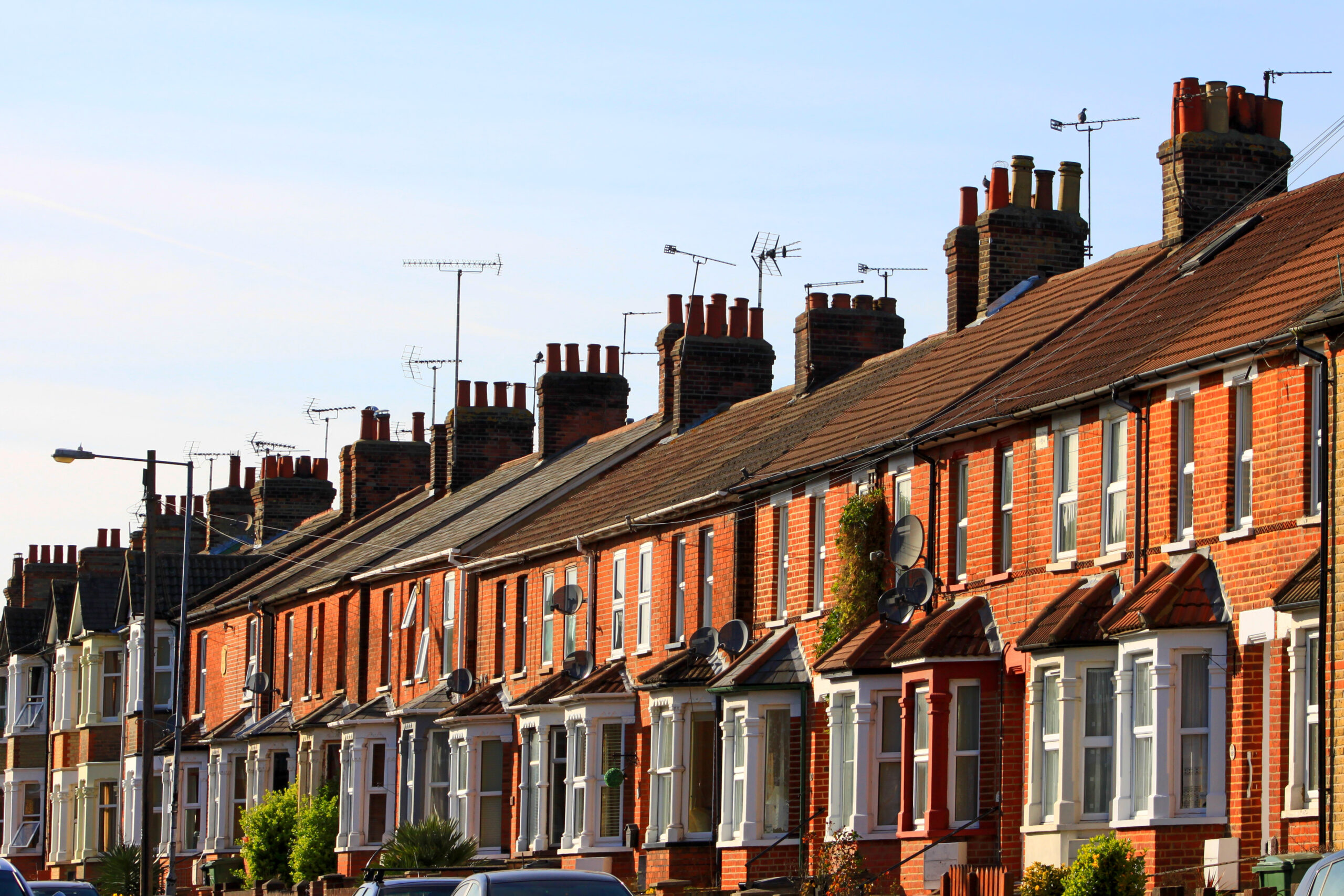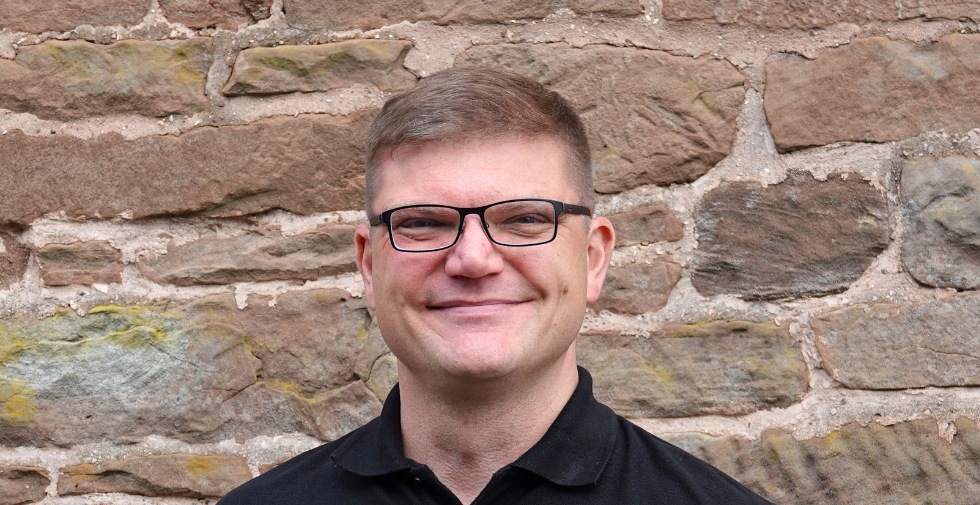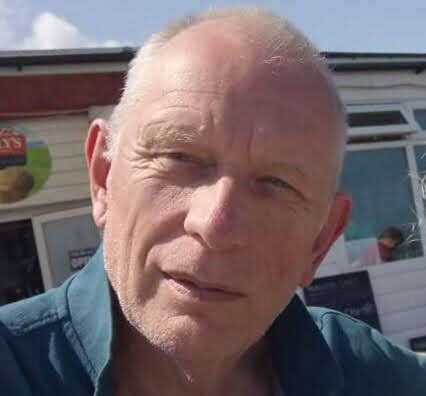Last month the UK government announced important new funding and other measures to boost takeup of ‘green’ improvements in the housing stock.
Prominent in the list of initiatives to start from 2025 was action to promote construction of new heat networks, and to improve the efficiency of existing ones. The government says that heat networks are “vital to making net zero a reality in the UK” and in urban areas are often the lowest cost, low-carbon option.
About 900,000 homes are covered by heat networks (also called district heating) in the UK, according to the Social Market Foundation. They work by distributing heat from a central source to individual homes that don’t then need their own boiler. Most systems are in the social housing sector, and most of these were originally built in the 1960s. So, they are ageing and reflect the technology of the time.
A feature of the networks in the social housing sector is that most (85% according to the government) are unmetered, so those connected pay via a service charge, not by energy use. Landlords see this feature as an advantage, as it means those in most need (perhaps with young children, or with medical conditions) and on low incomes won’t be penalised for using more energy than their neighbours. But the SMF argues that this is wasteful as people have no incentive to use less.
UK residents in heat networks have suffered recently from the hike in energy costs, which are uncapped, unlike other types of supply. The government proposes to appoint Ofgem to become heat networks regulator via the Energy Security Bill.

Around the world, heat networks have attracted research into both their technical and social aspects. A study in a coal-dependent area of Poland reported the strong health benefits for low-income people in heat networks compared with those obliged to burn coal or wood to heat their homes.
In Denmark, an experiment to digitise heat supply achieved interesting results. The researchers established that common problems with heat networks include the fact that heat is distributed unevenly among flats in a block, and that energy is wasted with high ‘return’ temperatures (the heat returning to source as it wasn’t distributed in the building). In addition, the demand is uneven, with some users needing extra, while some flats may be empty. Low temperature systems are vital to a greener future, the researchers say, but this hasn’t been possible with inefficient radiator control and uneven heat distribution.
The team investigated whether digital devices attached to radiators could address the problems. These were used first to identify the highest energy use flat in the block (this could be because of the residents’ needs or because adjacent flats were cold). The required supply temperature of the network could then be determined, based on what was needed to give adequate thermal comfort in that flat. The researchers found that lower supply temperatures, which save fuel, could give residents adequate thermal comfort even in winter, without additional insulation or other building modifications.
Researchers from Italy also stress the importance of moving to lower input temperature systems for a low carbon future. Reviewing studies from across Europe, they also confirmed that this was possible without major changes to the infrastructure of the network. Typically, networks were built with over-capacity and radiators larger than required. This means that with lower temperature input, thermal comfort can still be achieved with the system running for enough hours a day.
In Groningen in the Netherlands, residents of a neighbourhood were consulted about what heating system they would like to have in future. District heating was the most favoured option, above individual systems. But it also drew the most negative responses, mainly because people feared high bills, the cost of the investment and the disruption of construction. The researchers noted that while it’s important to involve people from the start in decision-making, it’s hard for them to consider abstract concepts when all options are open.
We can’t keep heating like this: A fairer deal for heat networks, Will Damazer, Social Market Foundation
http://tinyurl.com/42u4crvt
Energy poverty, housing conditions, and self-assessed health: Evidence from Poland, Jakub Sokolowski and colleagues, Housing Studies
http://tinyurl.com/yc6e75wm
Demand side digitalisation: A methodology using heat cost allocators and energy meters to secure low-temperature operations in existing buildings connected to district heating networks, Michele Tunzi and colleagues, Energy
http://tinyurl.com/5n8h2w6t
Reduction of supply temperature in existing district heating: A review of strategies and implementations, E Guelpa and colleagues, Energy
http://tinyurl.com/yryh6xy3
Involving Citizens in Heat Planning: A Participatory Process Design for Informed Decision-Making, Kathelijne Bouw and colleagues, Sustainability
http://tinyurl.com/43zhz3rw



